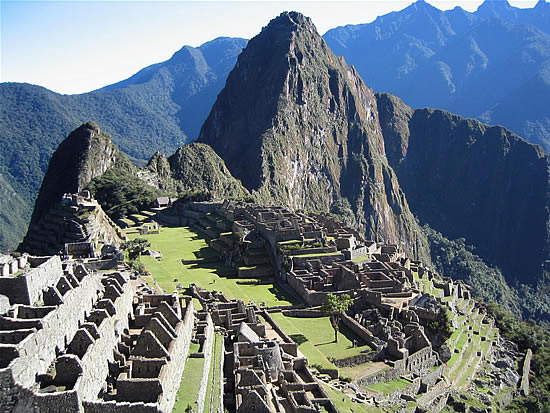
 |

|
||||||||||||||||||||||||||||||||||||||
Service |
Cuco |
Poroy |
Ollantaytambo |
Machu Picchu |
||
|
Departure |
Arrival |
Departure |
Arrival |
Departure |
Arrival |
Vistadome 1 |
06:00 |
06:40 |
06:45 |
08:05 |
08:15 |
09:38 |
Vistadome 2 |
06:15 |
07:05 |
07:10 |
08:35 |
08:40 |
10:12 |
Backpacker |
07:00 |
07:50 |
07:55 |
09:20 |
09:25 |
10:54 |
Vistadome Valle 1 |
|
|
|
07:00 |
07:05 |
08:17 |
Vistadome Valle 3 |
|
|
|
|
10:30 |
11:45 |
Vistadome Valle 5 |
|
|
|
|
14:55 |
16:14 |
Backpacker Cerrojo 1* |
|
|
|
|
09:05 |
10:35 |
Tren Social |
07:15 |
|
|
09:40 |
09:43 |
11:25 |
Tren Social-Cerrojo ** |
|
|
|
|
20:15 |
21:40 |
Service |
Machu Picchu |
Ollantaytambo |
Poroy |
Cusco |
Price |
||
|
Departure |
Arrival |
Departure |
Arrival |
Departure |
Arrival |
(Departure and Return) |
Vistadome 1 |
15:30 |
16:53 |
16:58 |
18:21 |
18:31 |
19:23 |
US$ 73 |
Vistadome 2 |
15:55 |
17:35 |
17:38 |
19:15 |
19:25 |
20:20 |
US$ 70 |
Backpacker |
17:00 |
18:36 |
18:39 |
20:17 |
20:27 |
21:23 |
US$ 35 |
Vistadome Valle 2 |
08:35 |
10:03 |
|
|
|
|
US$ 55 |
Vistadome Valle 4 |
13:20 |
14:36 |
|
|
|
|
US$ 55 |
Vistadome Valle 6 |
16:45 |
18:05 |
18:15 |
|
|
|
US$ 55 |
Backpacker Cerrojo * |
16:20 |
17:58 |
|
|
|
|
US$ 30 |
Tren Social |
17:20 |
19:12 |
19:17 |
|
|
22:20 |
S/. 30 |
Tren Social-Cerrojo ** |
05:45 |
07:44 |
|
|
|
|
S/. 20 |

